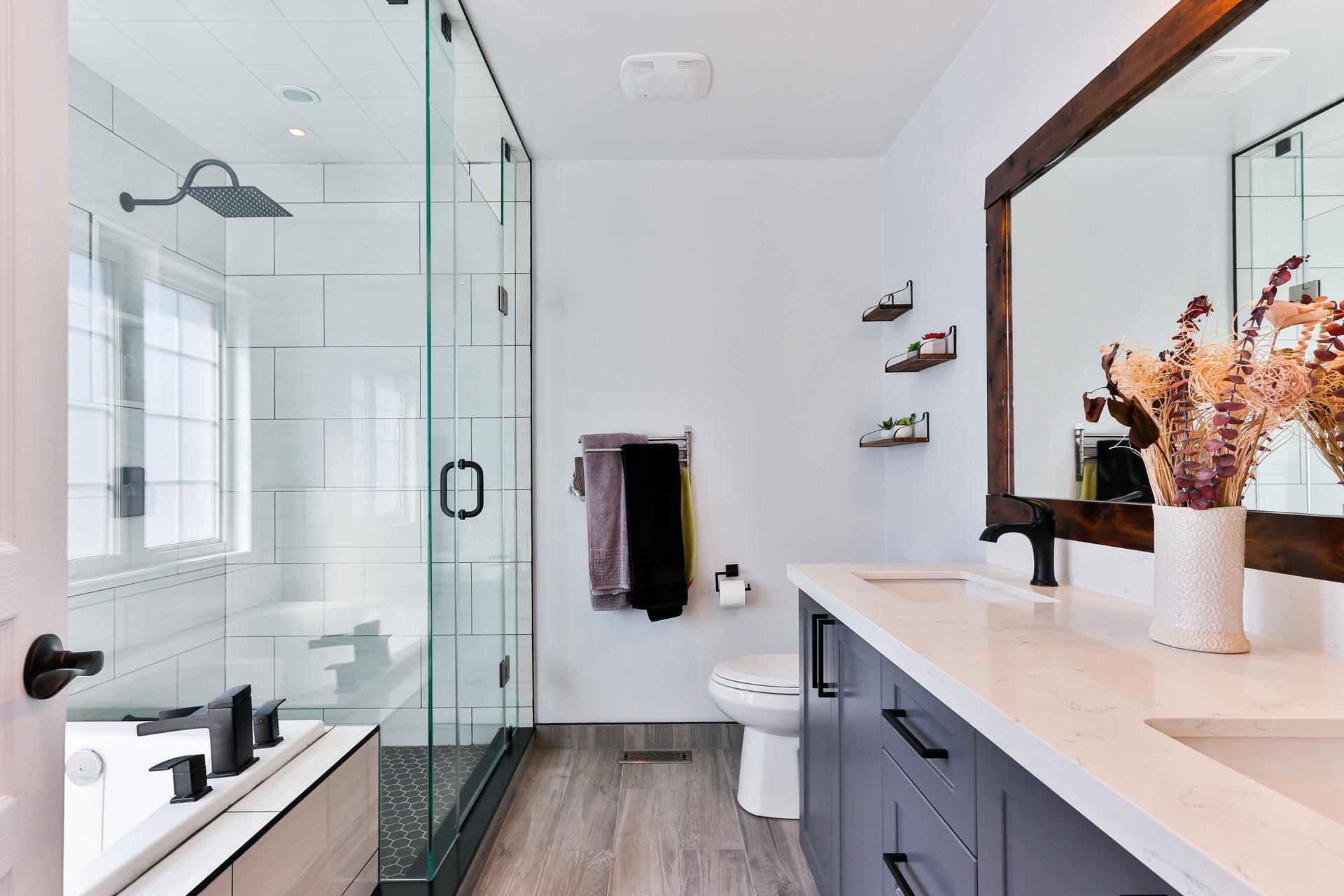Delving into Hot Water Plumbing: A 101 Primer

Plumbing for hot water is a vital aspect of everyday life. We rely on hot water for various purposes, such as taking a bath, washing dishes as well as doing laundry. In this post, we’ll provide you with a basic understanding of how hot water plumbing works.
Heating Water Basics
Hot water plumbing refers to the system that delivers hot water to various parts of a building. It is different from cold water plumbing in that it involves heating water prior to it being distributed across the entire building. The major components of a hot-water plumbing system comprise the pipes, water heaters, fittings and valves. The water heater is the primary element of a hot water plumbing system. It is the one that heats the water and keeps it in storage until it is needed. The pipes carry warm water that is heated from the heater to fixtures, like showers and faucets. Valves are used to control how hot water flows, while fixtures serve to distribute hot water to various parts within the structure.
The different types of hot Water Heaters
There are three main kinds of water heaters on the market including tankless, storage tank and heat pump heaters. Tankless water heaters warm the water on demand and don’t keep hot water in storage. Tank water heaters that store hot water in a tank until they require. Heat pump water heaters make use of electricity to transfer heat from the ground or the air to heat the water. Every kind of hot water heater has its advantages and disadvantages. Tankless water heaters are more energy-efficient and have a longer life, but they are more expensive. Tank water heaters for storage are less expensive but are less durable and are not as energy efficient. Heating water heaters using a heat pump are the most energy-efficient but could not be suitable for climates with colder temperatures.
Hot Water Plumbing Maintenance
Regular maintenance is vital for ensuring that your hot-water plumbing system is operating properly and efficiently. A few tips to maintain hot water plumbing systems include checking for leaks, flushing the tank, and replacing the anode rod. Checking for leaks is essential to prevent water damage , and to ensure that the hot water plumbing system isn’t using up water. Cleaning the tank gets rid of sediment and mineral buildup, which can reduce the efficiency of the water heater. The anode rod is designed to prevent corrosion and should be replaced every couple of years.
Troubleshooting Plumbing Issues with Hot Water
Common problems that arise in hot water plumbing systems are a lack of hot water or low water pressure. If you experience a lack of hot water, it could be due to malfunctioning heating elements or a faulty thermostat. A low water pressure could result from a blocked pipeline or valve. If you are experiencing any of these issues it is suggested that you seek out a qualified plumber to diagnose and repair the issue.
Conclusion
Understanding the way that hot water plumbing functions is vital for ensuring your plumbing functions effectively and efficiently. Regular maintenance and troubleshooting is also essential to prevent issues and extend the life of the hot water system.
The Hot Water Plumbing FAQ
How long can a hot water heater last?
The life span of hot water heaters is contingent on the model and type. In general, a storage tank water heater lasts 8-12 years in comparison to a tankless water heater can last up to 20 years.
What can I do to determine when your hot water heater is in need replacing?
Signs that your hot water heater is in need of being replaced are corrosion or rust on the tank, leaks, strange noises, and a lack supply of hot water. If you encounter any of these symptoms it is recommended you seek out a qualified plumber.
